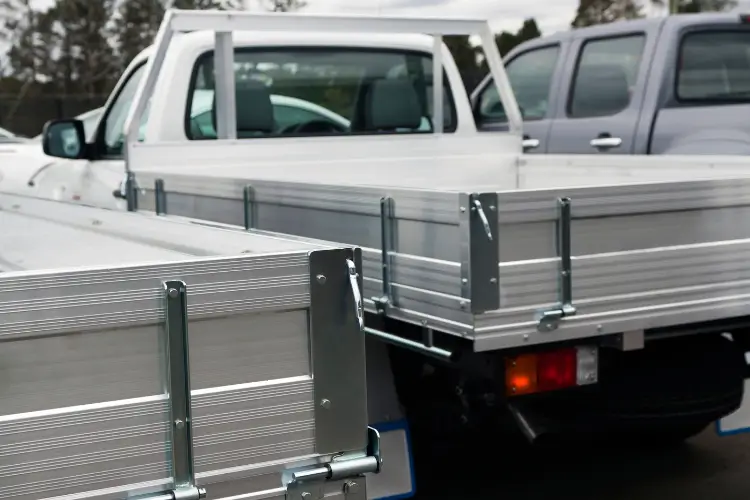The utility of a vehicle extends far beyond its capacity to move from point A to point B, especially when it comes to utility vehicles equipped with ute trays. These versatile platforms are pivotal in catering to a diverse range of hauling needs, from the rugged demands of construction sites to the meticulous landscape gardening requirements. This article discusses the importance of investing in ute trays based on hauling needs and how a manufacturer’s expertise can guide this essential decision.
Recognising the Diversity of Ute Trays
The first step in recognising the value of a tailored investment is to acknowledge the diversity available in the market. These trays come in various materials, sizes, and designs, each with unique features intended for specific uses. For instance, aluminium trays are lauded for their lightweight and rust-resistant properties, making them ideal for general-purpose use and efficient fuel consumption. In contrast, steel trays offer unparalleled durability and strength for heavy-duty hauling tasks but at the expense of increased weight and potential corrosion issues.
Matching Tray Types to Hauling Needs
Selecting the appropriate tray hinges on clearly understanding what you’re hauling. For professionals in the trades, a heavy-duty steel tray might be indispensable for transporting tools, machinery, and materials. Conversely, an aluminium or alloy tray could balance load capacity and vehicle handling for those in service industries or leisure activities. The mismatch between tray type and hauling requirements can lead to inefficiencies, unnecessary wear on the vehicle, and even safety risks.
The Role of Customisation in Maximising Efficiency
Customisation plays a pivotal role in aligning tray functionality with specific hauling needs. Features such as built-in toolboxes, ladder racks, and tie-down points can significantly enhance the practicality and security of the load. Additionally, custom dimensions ensure that the tray optimally fits the vehicle and the items being transported, preventing overhang issues or wasted space. A one-size-fits-all approach often fails to address various hauling scenarios’ unique challenges and opportunities.
Manufacturer Guidance: Navigating the Options
Manufacturers possess experience in matching their products to diverse user requirements. Consulting with a manufacturer can provide invaluable insights into the advantages and limitations of different tray types, materials, and customisation options. They can offer advice on the best solutions for specific hauling needs, considering weight distribution, vehicle capacity, and long-term durability. This guidance is instrumental in making an informed investment that yields efficiency, safety, and satisfaction returns.
The Impact of the Right Choice on Safety and Productivity
Investing in the right tray, informed by hauling needs and manufacturer guidance, directly impacts safety and productivity. The correct tray type and customisation options ensure that loads are secured properly, reducing the risk of accidents caused by shifting or falling items. Moreover, the efficiency gained from a tray that fits the task at hand can significantly improve workflow and operational speed, ultimately contributing to the bottom line.
Long-Term Benefits of a Thoughtful Investment
The decision to invest in this solution tailored to specific needs, guided by expert advice, pays dividends beyond the immediate enhancement of hauling capabilities. It contributes to the vehicle’s longevity by ensuring it is not subject to undue stress or damage from inappropriate use. Furthermore, it preserves the value of the load being transported, protects the safety of the driver and others on the road, and reflects a professional image that can enhance business reputation.
Conclusion
The intricacies of picking ute trays underscore the importance of a thoughtful investment based on hauling requirements and the invaluable role of manufacturer guidance in this process. Vehicle owners can significantly enhance their operational capacity by recognising the diversity of options, understanding the necessity of matching them to the task, and leveraging customisation for maximum efficiency. The right choice, informed by expert advice, elevates safety and productivity and contributes to long-term success and satisfaction.





